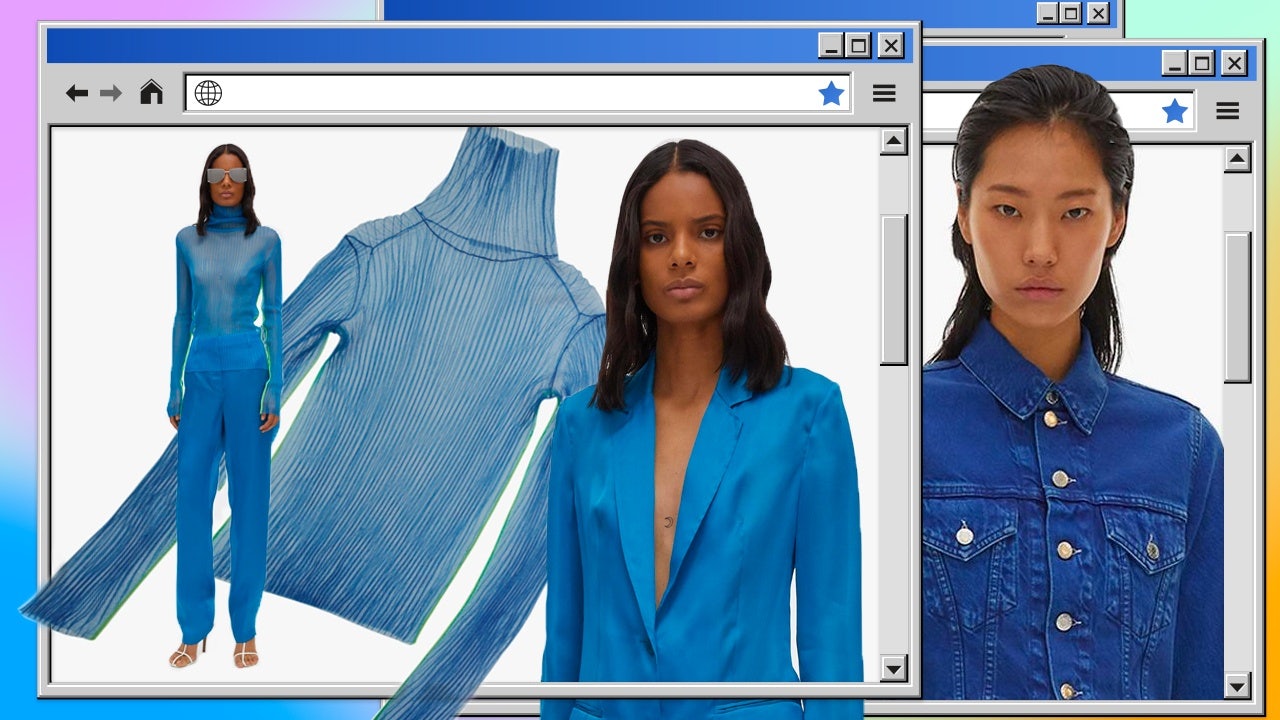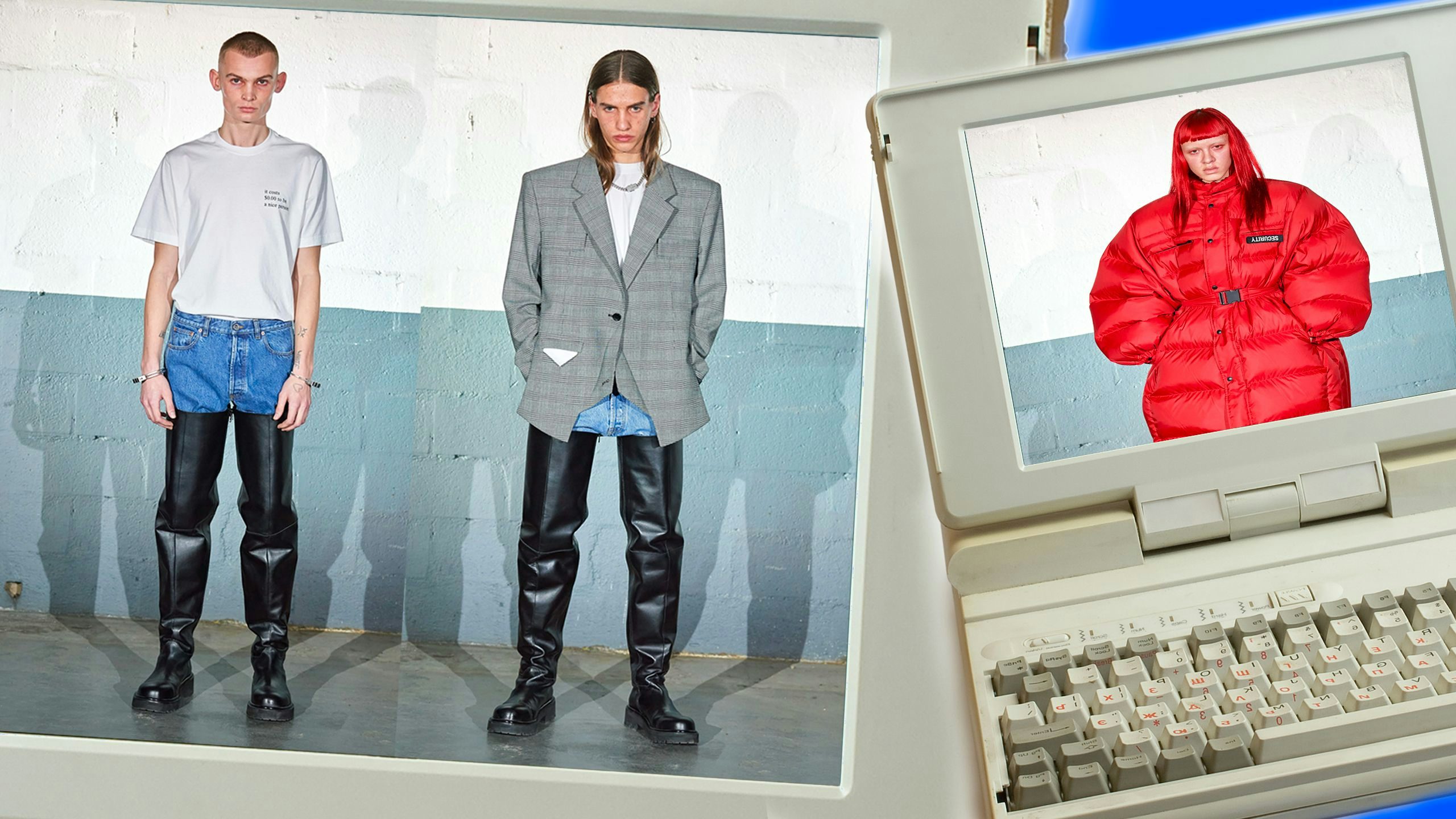In any branding revolution, context is key. As China shows signs of recovery, Chinese retailers and businesses are offering clues as to how certain quick and smart moves could lead to fundamental market changes in the future. Keeping tabs on new practices coming out of China after COVID-19 is something every business should do, but understanding the globe’s changing business narrative is crucial.
The last global crisis in 2008 exposed fraudulent Wall Street practices, which led to an authentic need for more transparency at all levels. “Transparency” soon became a key value for brands to showcase, pushing them to exhibit greater social consciousness. These value changes almost always give birth to branding revolutions, and “the sharing economy” was the revolutionary answer that got most markets back on their feet after 2009.
The birth of brands like Warby Parker, Casper, Uber, and Lululemon all reflected the need for transparency and benevolent business practices through community building, completely changing the way established markets had operated.
Traditional luxury brands had to listen to the demands of the sharing economy and reposition themselves accordingly. But questions such as, “are online sales a bad fit for luxury?” and “should an established luxury brand reflect youthful aspirations?” proved that this would be a difficult transition for luxury brands.
On top of that, it soon became clear that building a sharing economy brand wasn’t exactly easy. And, in fact, the clothing company Outdoor Voices and the home supply brand Brandless — both sharing economy brands — filed for bankruptcy recently.
“Customer acquisition is key,” wrote Maya Kosoff in Marker magazine. “Once you get past all the shiny objects in the DTC [direct-to-consumer] category — the plump VC rounds, the sleek sans serif design, the experiential storefronts in hot retail locations, the podcast ad blitzes — it turns out it’s extremely difficult to actually make the economics work.”
As the sharing economy narrative has faded, it was soon overtaken by the “green economy.” From a branding perspective, this was the existing context when COVID-19 struck, and venture capitalists had been looking for a branding revolution to tap into ecologically responsible business. But now, the current crisis has given birth to a new branding revolution — one that’s only hit China thus far and that few understand.
What is the worry-free economy?#
Through unmanned delivery, enhanced online services, and friendlier offline touchpoints, “worry-free” has become the dominant narrative to come out of this crisis.
Four major ways that retailers are turning to worry-free strategies#
First, contactless delivery has become the new norm. Customers worry about getting infected through food couriers and vice versa, so orders are now placed in a designated pickup spot, such as at the entrance of a customer’s building. This prerequisite has become mainstream and could offer brands new, untapped opportunities.
McDonald’s has quickly gone worry-free with door-to-door protection and contactless delivery, strengthening its customers’ trust in the fast-food seller. Their new feature allows users to have food delivered to a designated area without interacting with a courier in person.
Second, brands are turning to livestreaming. In early February, livestream sessions on Taobao Live, the Alibaba Group’s livestreaming platform, had increased by 110 percent compared to the same period last year. Alizia research shows Livestream viewership is booming, and online traffic has increased dramatically. Consumers are bored and eager to explore and engage.
As the virus spread across China, shopping malls either stopped or shortened their operating times, and landlords slashed retail rents. SKP, which saw daily sales reach 157 million (1 billion yuan) just three months ago, went to barely having any foot traffic at all. Galleries Lafayette Beijing halted operations on February 4, and Plaza 66 announced a half-rent reduction for tenants in mainland locations for a three-week period.
In time, department stores collaborated with brand partners such as Estée Lauder, Lancôme, Kiehl’s, and Vans to allow consumers to visit stores virtually and place orders through real-time interactions with salespeople. On March 6, Wang Ning, the president of EASYHOME, China’s second-largest home-improvement and furniture retailer, appeared in a livestream to give away 1,000 red envelope benefits to viewers.
But virtual shopping is also on the rise. The MixC Shanghai launched a VR channel that allows consumers to browse mall’s offerings, from fashion staples like Nike, Puma, and Fila to beauty brands and retailers like Lancôme, Cle de Peau Beaute, and Sephora.
Third, real-time sales work best with product launches. Tmall Super Brand Day x Adidas Originals had an exclusive online debut of its limited-edition Superstar sneaker. Its “See Now, Buy Now” stream, which let consumers make real-time purchases of featured items from their mobile phones, resulted in 2.2 million viewers and collected over 28 million (200 million RMB) during the 10-hour sale.
And finally, rethinking private domain traffic on social media is now key to creating close consumer relationships. The most common type of private domains include personal WeChats, WeChat groups, or company applications, and many brands have begun to try to set up their own private domains. For example, FILA, Peacebird, and other companies have set up Wechat groups to greet the customers, introduce new products, publish discount information, and present livestreams.
Social branding with celebrities#
While a Chinese presence was absent from many Western fashion shows and events recently, Dior did a very interesting move.
Before the show, Dior & its brand ambassadors showed support for China and the Wuhan region. During the F/S Fashion Show livestream on Weibo, Dior’s Chinese brand ambassadors (six celebrities) shot posters for Dior apparel and featured them as their Weibo avatars in the run-up to the fashion show. In total, Dior’s Chinese brand ambassadors have more than 250 million followers on Weibo, and the move resulted in 19 Weibo posts, over 10 million live viewers, 100 million online topics, and 80,000 reposts and comments.
Unmanned technology#
Another big opportunity rests in unmanned stores. China has been a laboratory for refining this concept, and brands like Alibaba Taocafe can accommodate 50 customers at the same time thanks to artificial intelligence and data technology powered by Alipay’s e-payment service.
Another AI-backed retail initiative is Bingobox. The concept of Bingobox’s unmanned stores was formulated in 2015, and they’ve been deployed in 28 cities thus far. New users can enter the store after completing a verification process by scanning a QR code via Wechat. Old users can open the door with the app or with a face scanning.
Big brands show responsibility in a surprisingly agile way#
It’s hard to imagine how big brands can be so agile, but Baidu quickly pivoted to provide data-powered content on its various channels during the outbreak. Baidu App started a special channel with multiple functions specifically for the pandemic, including pages for dispelling rumors, charity donations, self-diagnoses, and real-time updates.
Another fantastic initiative, Baidu Finger Doctor, provided free online health consultation services and livestreaming lectures on topics related to pneumonia, reducing stress, and the shortage of hospital and clinic resources.
Since Baidu is a search engine, there are millions of people searching questions and keywords to find answers to various questions every second. Gianvito D’onghia of the retail advertising group Altavia China explained, saying, “Baidu pays deep respect to all those who devote [efforts] to the fight against the coronavirus pandemic, while at the same time, it reassures users that for all the questions they have, they can find an answer on Baidu.”
Meanwhile, Taobao launched a campaign that connected foodie KOLs with farmers in needs of help. Taobao sets up “special aid” platforms for farmers to clear their stock due to the logistic shutdown.
China’s legendary skincare brand Inoherb created a video to encourage people to get the most out of life even when at home. In this video, people do their daily skincare routines, put on makeup before a video conference call, do yoga at home, and so on. “During the epidemic, fancy marketing could arouse aversion from the public,” explained Jing Legrand, the CEO of Altavia Asia. “Brands need to focus on building sincerity and trust.” Agility, technology, online-to-offline, and customer engagement are all a part of the worry-fee narrative.
Post-crisis consumption trends show a need for safety first#
A recent survey from DATA 100 shows that clothing (42 percent), food and beverage (35 percent), daily necessities (35 percent), and beauty (33 percent) will be the consumer goods that increase after the outbreak. “People are expecting to be more conservative in terms of consumption,” Gianvito said. “Data shows that 54 percent will plan ahead and cut unnecessary expenses,”
On top of that, eco-consciousness is going to be a key narrative, especially with Chinese millennials. Gianvito adds that “there is a new China pride in the air” and that “a China-proud narrative will be surely reinforced.” Regardless of location or segment, a brand’s support for China during this time is very important to consumers’ purchasing decisions.
Although a Made-in-China fashion revival has been steadily growing over the past few years, local pride is manifesting itself differently this time. In pre-virus China, the rise of the “buy Chinese” mentality was born out of a renewed interest in the country’s cultural heritage. But in the post-virus era, the “buy Chinese” movement is being seen as an act of solidarity with Chinese labels that have been hurt by the virus.
Another narrative that’s growing post-COVID-19 in China is social responsibility. Brands will need to hone their communication skills so they can sympathize with their audience and address the issues they care about the most. In terms of brand attitudes, people will be "willing to spend more money on socially responsible brands, pay more for a healthier environment and services, and focus more on environmental protection and sustainable development." While many are in need of practical responses now, this is proof of a major new narrative in China that could help define strategies there, or even in the West.
From a brand identity point of view, creating deep human touchpoints is more important than ever. Today, many need to maintain an emotional connection that goes beyond the functional. Though we often reward niche brands for being fast and agile, one must applaud the timely and inventive reactions from the established brands.
For example, LVMH and Kering offered to produce 40 million masks during the outbreak in China. Meanwhile, some brands in the wine & spirits category transformed their alcohol stock into hand sanitizer gels. All these luxury group efforts were the result of the 2008 crisis when there was an outcry for corporations to help the people who had enriched them.
What’s your worry-free strategy and what are the values issued from it?#
One can conceive of a new business model emerging from the worry-free narrative that’s similar to the sharing economy that emerged after the 2008 crash. But this model will have to come out of the market that first provided lasting solutions to this crisis: China. From contactless delivery, livestreaming, strengthened social responsibility, and unmanned retail, worry free-brands are providing a blueprint for a post-COVID economy.
Tanguy Laurent is Managing Partner of Creative Capital, Altavia Group Leading US Chinese retail branding agency. Follow him for more insights on Linkedin.

